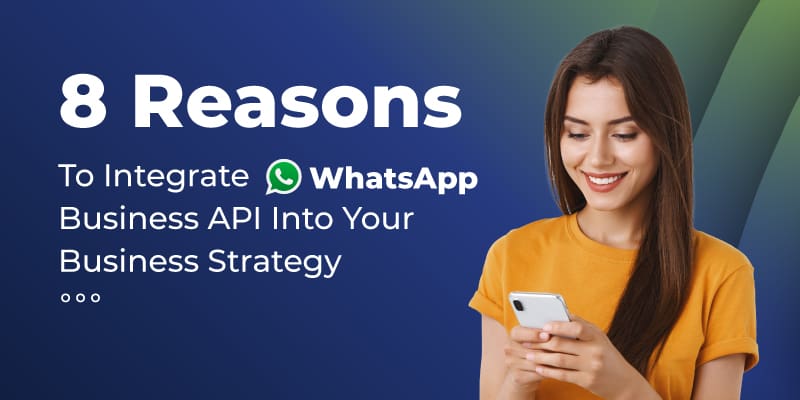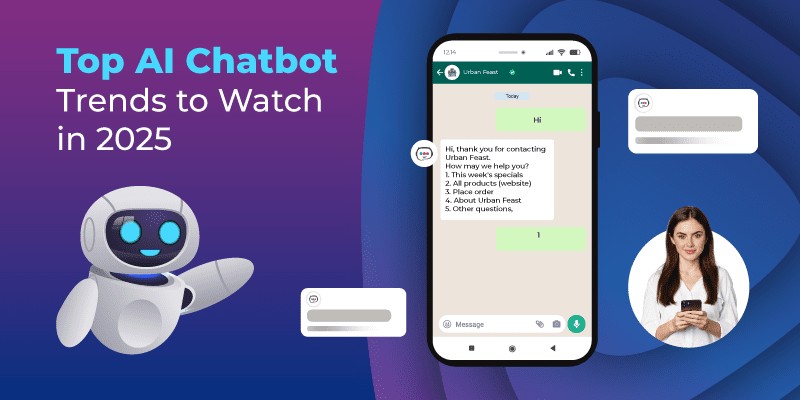Businesses are always looking for new and creative ways to improve customer experiences, optimize their operations, and stay ahead of the competition. Chatbots are AI-powered virtual assistants that have transformed communication and automation across different industries. These intelligent conversational agents can manage customer inquiries, process orders, schedule appointments, and perform a variety of other tasks. As a result, they have become an essential tool for modern businesses.
Choosing the right chatbot for your business needs can be overwhelming. With countless options available, it can be challenging to pick the perfect solution that aligns with your objectives and enhances your overall business performance. This blog aims to help you navigate the process and make an informed decision.
Here are the eight parameters to consider
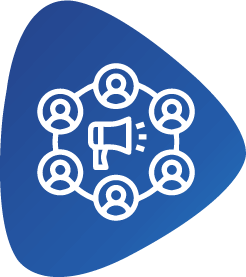 Assess goals
Assess goals
It’s essential to evaluate your business goals and identify specific pain points that a chatbot could help address. Determine the primary purpose of implementing a chatbot – is it to provide exceptional customer support, boost sales, optimize internal processes, or achieve all these objectives? Understanding your priorities will guide you in choosing the most suitable chatbot type and functionalities.
Example: An e-commerce company might want to reduce response times and enhance customer satisfaction. Integrating a chatbot can handle product inquiries, provide personalized recommendations, and assist in completing purchases.
 Understanding bots
Understanding bots
Chatbots come in various forms, each with its own set of features and capabilities. Rule-based chatbots follow predefined decision trees, providing predefined responses based on specific keywords or phrases. On the other hand, AI-powered chatbots use Natural Language Processing (NLP) to understand and generate human-like responses, making them more versatile and adaptable.
Example: A rule-based chatbot is suitable for simple FAQs on a company’s website, while an AI-powered chatbot is ideal for complex interactions that require a deeper understanding of user intent.
 NLP Capabilities
NLP Capabilities
If you opt for an AI-powered chatbot, pay close attention to its NLP capabilities. NLP enables the chatbot to interpret user queries, understand context, and deliver more natural conversations. Additionally, language support is crucial if your business targets a diverse customer base.
Example: A global software company might need a multilingual chatbot capable of understanding and responding to queries in multiple languages to cater to customers from different regions.
Also Read: How do NLP Chatbots Work?
 Integration
Integration
For seamless operations, your chosen chatbot should integrate effortlessly with your current software, CRM, and other essential systems. Evaluate the chatbot’s Application Programming Interface (API) to ensure smooth data exchange between the chatbot and your existing tools.
Example: An insurance company seeks a chatbot that can seamlessly connect with its CRM system to access customer data and provide personalized policy recommendations.
 Personalization
Personalization
Every business has its unique brand identity and tone of communication. A chatbot should be easily customizable to reflect your brand personality and maintain consistency with your existing customer interactions. Personalization capabilities allow the chatbot to deliver tailored responses and recommendations based on user preferences.
Example: Chatbots can assist fashion brands in providing personalized fashion advice or even recommend products based on individual tastes or previous chat analytics.
 User Interface
User Interface
Any chatbot’s user interface plays a pivotal role in customer satisfaction. An intuitive conversational flow and user-friendly interface can ensure smooth interactions, reducing the chances of frustration. Evaluate how well the chatbot handles complex queries and if it offers visual elements to enhance the user experience.
Example: An airline company could have a chatbot to guide customers through flight bookings by providing seat selection options through a visually appealing interface right on chat.
 Scalability
Scalability
As your business grows, so will the demand for your chatbot. Ensure that the chosen solution can handle increasing user interactions without sacrificing performance. Test the chatbot’s response time during peak hours to gauge its ability to handle high volumes of queries.
Example: An online marketplace can integrate a chatbot to accommodate a surge in user queries during holiday seasons, promotional events or simply be available 24*7.
 Analytics
Analytics
Effective data analysis is vital for understanding customer behaviour or improving chatbot performance. Looking for a platform that delivers a chatbot capable of detailed analytics and reporting on user interactions, allowing you to make data-driven decisions for enhancements.
Example: A software-as-a-service (SaaS) company might seek a chatbot with robust analytics to analyze user inquiries and identify potential areas for software improvement.
Conclusion
Choosing the right chatbot for your business requires a thoughtful evaluation of your objectives, target audience, and desired functionalities. Understanding different chatbot types, capabilities, and their integration potential, can help you make informed decision that aligns with your business goals. A well-chosen chatbot can revolutionize customer interactions, streamline processes, and contribute to the overall success of your business in the ever-evolving digital landscape.
Remember to prioritize the eight parameters we discussed to ensure the seamless implementation and success of your chosen chatbot solution. We can help integrate a customized chatbot suitable for your business needs with your existing communication channels. Get in touch!

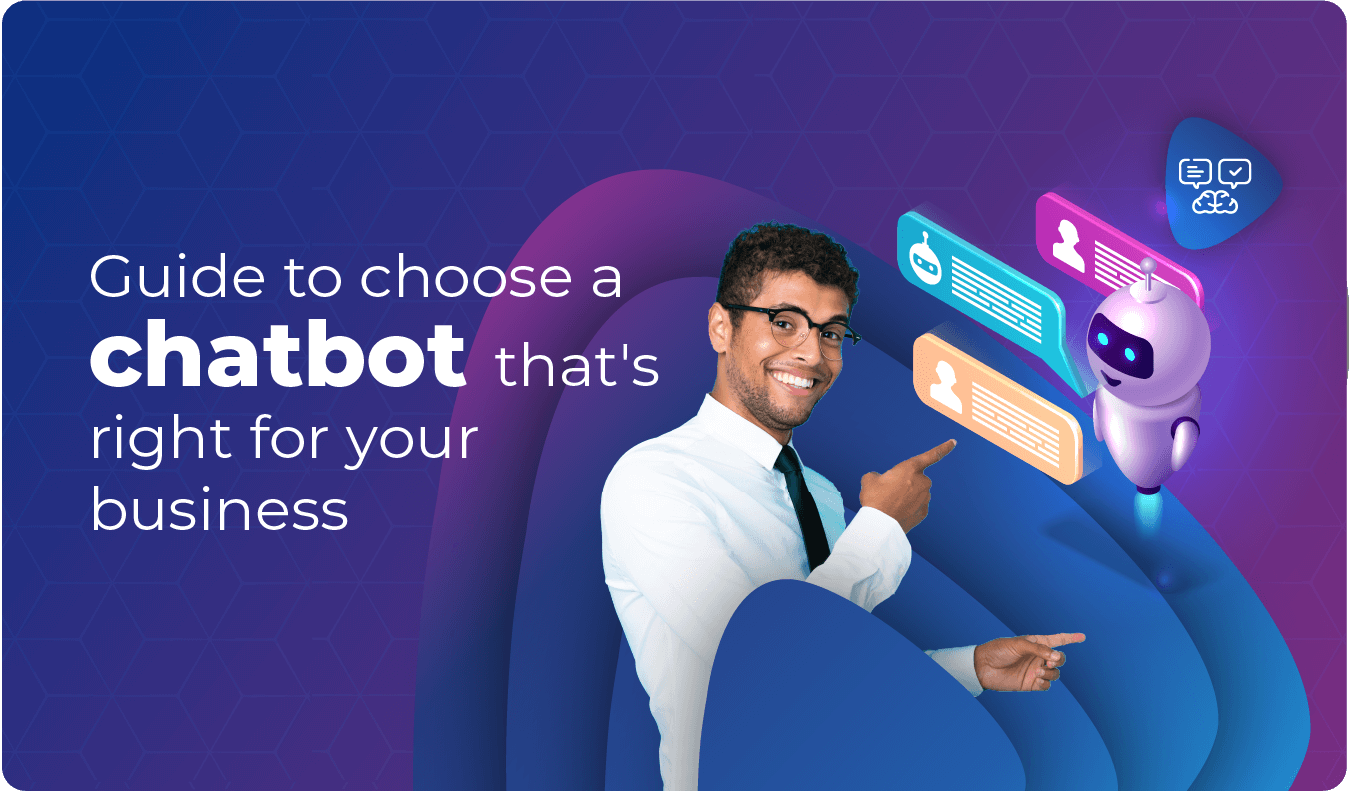
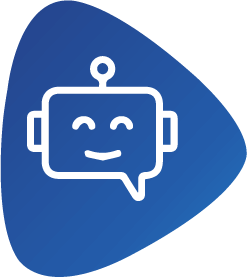 Understanding bots
Understanding bots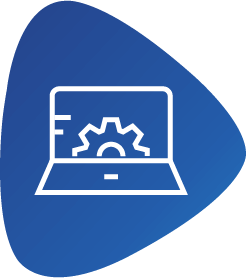 NLP Capabilities
NLP Capabilities Integration
Integration Personalization
Personalization User Interface
User Interface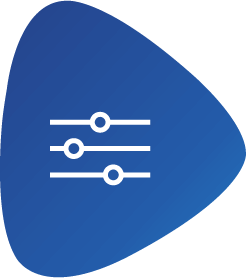 Scalability
Scalability Analytics
Analytics

